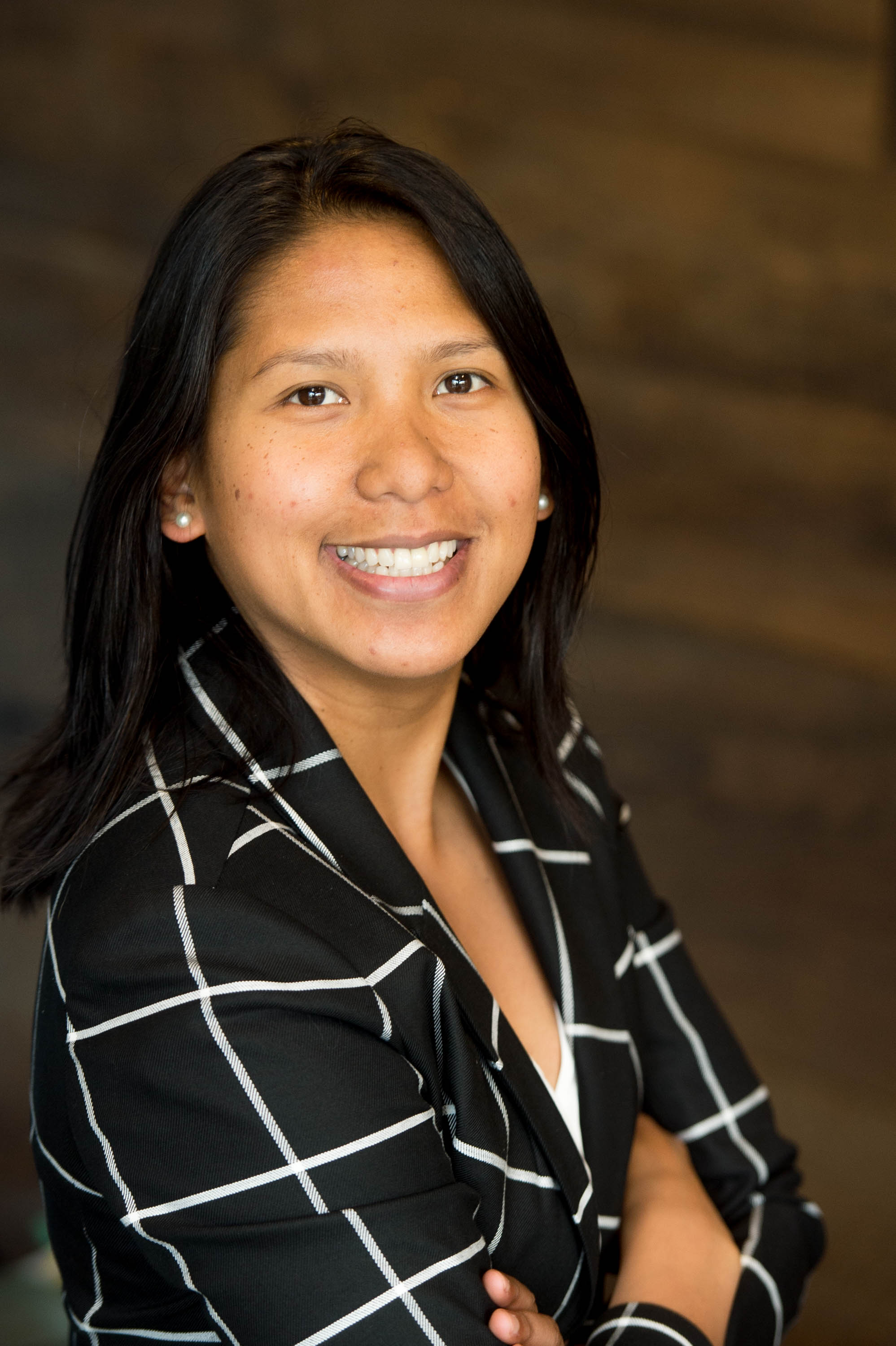It’s the Little Things: Creating Inclusive Experiences At Conferences
Conferences provide people with the invaluable opportunity to network, stay current on trends, and exchange innovative ideas in their industries. If conference producers aspire to have diverse attendees that keep returning, they need to create welcoming environments, because the details matter, especially for events and conferences in historically male-dominated industries. Overlooking gender considerations is not only a disservice to inclusion efforts, but is also a signal to women and nonbinary attendees that they have less worth than men.
The financial planning industry is a historically male-dominated industry. Although programs like the I Am a CFP®Pro work to create opportunities in the industry for women and people of color, there’s still a lot work to be done on the path to gender parity. According to the CFP® Board, a reported 23.14% of Certified Financial Professionals (CFP®) are women. Programmatic work to elevate women in this industry is absolutely critical, but considerations should also extend to conferences and events that have historically high male attendance.
The following account shares one woman of color’s advice for conference planners looking to make events in historically male-dominated industries more inclusive.
I recently attended an overnight conference in order to learn more about financial planning strategies, products, and business growth to better myself and my clients. Being there made me realize how assumptions about who’s in the room lead to decisions that can make an experience awkward or distressing. Like any responsible business woman, I looked over the agenda before leaving and planned my professional attire. The agenda looked fairly easy. I’d be staying at the hotel where the conference would be taking place with one offsite event a half-mile away on the first night.
When I arrived, I was not surprised to be the only woman of color or LGBTQ person in a group of all white cis-men preparing to leave. I was however surprised to find that the event planners had not coordinated transportation between locations. From my experience, most conferences provide shuttle transportation for offsite events. Small considerations like this make the experience more inclusive for people with mobile disabilities and even women wearing heels. There I stood, the only person in high heels preparing to endure a mile walk round trip plus additional standing at the event.
I could have taken a rideshare or taxi, but since the purpose of attending any conference is networking, I would have missed out on a powerful opportunity to stay connected, which is vitally important when you’re often the only woman in the room. I’ve been “hanging with the boys” for fourteen years, so I sucked it up.
Networking between men and women should be just that, an opportunity to learn from each other and build allies in the industry. Between the assumptions that I’m married to a man, the continuous need to confirm my ability to manage high yield accounts, and a few unwanted advances, I was exhausted by the multitude of small nuisances that made the experience taxing.
After the conference ended, I thought about a few ways conference organizers can make women feel comfortable and included:
1. Location Information:
Provide information about distance between the hotel and conference location (or provide multiple shuttle times for participants), as well as about the city and the weather.
2. Networking:
When an industry is dominated by men, give women an opportunity to network and connect with each other.
3. Homework:
Encourage people to do their homework. Send out lists of names, companies, and where each person is from prior to the event/conference—this can help prepare people for better conversation, especially if there is assigned seating.
4. Transportation Information:
If no shuttles are provided to offsite events, give people the option to Uber/Lyft back to the hotel afterwards. This can help if a woman feels uncomfortable walking with any of her male counterparts.
5. Conference Attire:
Every conference has its own look and feel. Provide business attire suggestions that are accessible for all genders. For example, explain what “business”, “business casual”, and “formal” mean.
In historically male-dominated industries and spaces, it’s the small, often forgotten details and considerations that make inclusion efforts most meaningful. It’s about more than just inviting women to an event. We must consider the macro and micro requirements that make all people feel welcome.
You can read more recommendations about how the financial planning industry can bring parity in this 2014 white paper, Making More Room for Women in the Financial Planning Profession.
Cristina Briboneria has worked with clients for over 13 years in the financial planning industry and has her financial planning practice at oXYGen Financial. She works with over 350 clients that vary from C-Level executives, business owners, clergy, attorneys, and everyday people who are looking to Breathe Easier® about their financial lives. Her focus is to help educate and empower people about their retirement plans, investment strategies, tax reduction strategies, and overall goals. Cristina is originally from Los Angeles, California, went to high school in Houston, Texas, and now resides in Atlanta, Georgia. Cristina attended Oberlin College in Oberlin, Ohio and graduated with degrees in both Mathematics and History. She also attended Oglethorpe University in Atlanta,Georgia where she earned her Certified Financial Planner™ designation. Because of her experiences, she finds it important to give back to her community and volunteers for various non-profit organizations, including her church and her college alma mater. You can contact Cristina via email cbriboneria@oxygenfinancial.net or visit www.oxygencristina.com.

